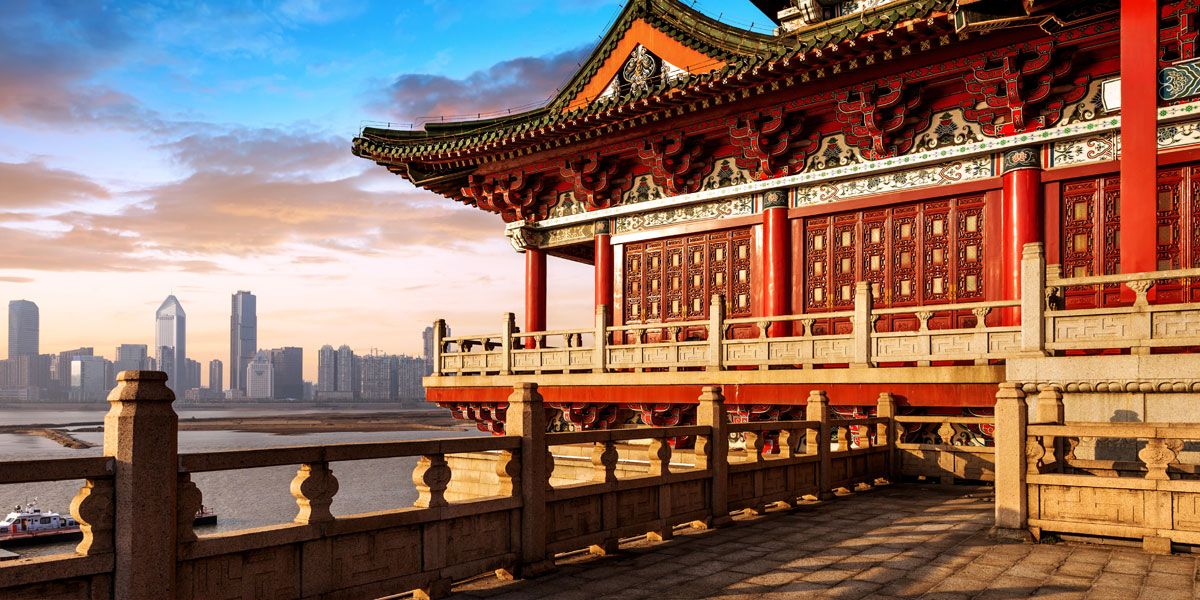August brought another round of difficult economic data for China. It is getting harder to make the case that the country’s economic recovery is simply deferred, as the country wrestles with a reluctant consumer, flagging manufacturing and a fragile property sector. China has been a major driver of growth across Asia for over twenty years. Will its weakness derail growth elsewhere?
In August, Chinese retail sales, industrial production and fixed asset investment all came in below expectations. The National Bureau of Statistics suspended reporting of youth unemployment data, pending a ‘reassessment of its methodology’, leading some economists to conclude that the statistics were so poor the authorities didn’t want to release them. The latest consumer prices data showed China slipping into deflation for the first time since 2021, with retailers reporting an impact on consumer spending.
Much has been made in recent years over ‘intra-Asian’ trade. This has generally been seen as a positive force, creating a buffer for Asia against the world’s economic slowdown. However, there is a danger that this becomes a problem if China slows. Certainly, there are specific countries that are vulnerable to weakness. Thailand’s tourism-focused economy, for example, has struggled as Chinese tourists have not reappeared in the hoped-for numbers. South Korea and Japan also have strong trading links with China.
David Mitchinson, fund manager, Zennor Asset Management, says that Japanese companies are already showing caution on China: “This reflects the many years of pain that Japan suffered as it exited its own debt-fuelled construction and real estate boom period and changed its business model. This is a very hard transition and no country has yet managed this without a serious economic crisis. The challenge in China is that the construction sector at 20% of GDP is meaningfully larger than it was in bubble Japan – to adjust the economic model is that much more demanding.”
“Can Japan escape this completely? No. It does suggest that China will try and sell domestic production overseas increasing competition. China has just taken over Japan as a car exporter. Japanese firms have already been pivoting to Thailand, Malaysia and India as sources of both demand and production. Is this enough to offset a China recession? Again, no – but it can soften the blow and de-risk Japan from some of the geopolitics.”
Richard Philbin, chief investment officer at Hawksmoor Investment Solutions, agrees that China’s weakness is not necessarily a significant problem and argues it could actually be beneficial for some areas: “China is a massive market and if there is demand for goods and services and these countries can provide them at the expense of China, then by default they should see this as a positive. Politically there are certain issues between the US and China which means other lower cost producing countries in South East Asia can pick up market share from China.”
‘China plus one’
In the longer-term, ‘China plus one’ – whereby companies diversify their manufacturing away from China – could be a major boost for countries with the right policies, workforce and infrastructure.
Kelly Prior, investment manager in the multi-manager team at Columbia Threadneedle Investments, says: “The move to diversify activities that have, for decades, been dominated by China into the broader Asian region will most certainly have a positive impact as we see the likes of India, Vietnam, Indonesia among others pick up the manufacturing slack while China refocuses to be a more serviced based economy.
“The “Made in India” initiative aimed at making the country the manufacturing destination for the world is a good example of this with investment being ploughed into road and rail networks in the country – this has increased 5x over the last few years and is now 2% of GDP investment.”
Dave Perrett, co-head of Asia Pacific equities at M&G, says that other Asian countries may also benefit from investors looking beyond China in the region, and diversifying their investments. This is funnelling investment into other countries and boosting their performance.
He adds: “Across Asia, we are seeing some countries benefitting from China’s underperformance. As an example, we are quite positive on Indonesia currently. The country has a lower credit to GDP relative to other emerging markets. A lot of the banks are really well managed within the region, and we’ve seen the infrastructure spending come through from this administration which should be a boost. And they also beneficiary from a lot of the minerals coming through from the energy transition, so we continue to be overweight Indonesian equities too.”
‘Compelling valuations’
Prior agrees that some overlooked companies may do better as attention moves away from China. She says: “For managers that are prepared to look below the larger index names in particular there are some well-run companies with compelling valuations and in many cases great dividends. Often these are in “boring” sectors that are sometimes overlooked – the change in emphasis with China reducing its foothold on investor attention may yet refocus the minds of investors in the region and get these non-tech companies a bit more airtime.”
Sheridan Adnans, head of fund selection at Tillit, is accessing this theme via niche investment trusts, such as the specialist Vietnamese investment trust VinaCapital Vietnam Opportunities, which gives “pure” exposure to long-term growth in Vietnam through public and private assets or the Alquity Indian Subcontinent fund, which has a sustainable overlay.
A weaker China may depress regional growth in aggregate, but it is possible for active managers to find countries, sectors and individual companies that are beneficiaries. They may also benefit from investor attention being drawn elsewhere. Bad news for China doesn’t have to be bad news for Asia overall.







